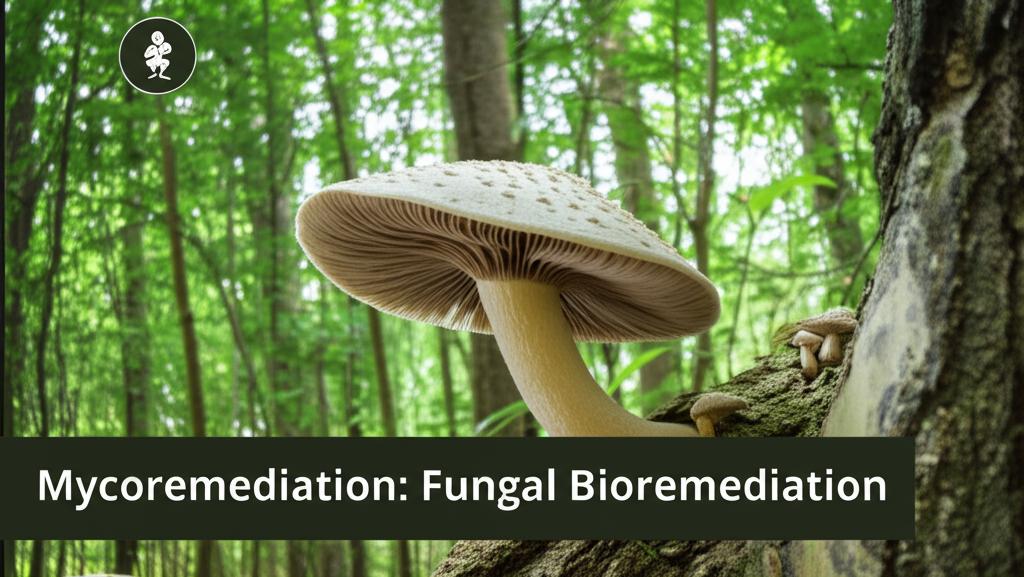Mycoremediation harnesses the inherent degradative capabilities of fungi to break down or sequester environmental pollutants. This eco-friendly and cost-effective biotechnology is increasingly being recognized for its potential in addressing a wide array of contaminants, including heavy metals, pesticides, petroleum hydrocarbons, organic pollutants, and emerging contaminants like pharmaceuticals and dyes. Fungi are nature's decomposers, equipped with powerful extracellular enzymes and unique metabolic processes that allow them to transform complex and persistent pollutants into less toxic or benign substances.
Recent advancements have highlighted the efficacy of various fungal species in tackling diverse environmental challenges. For instance, white-rot fungi such as Phanerochaete chrysosporium and oyster mushrooms (Pleurotus ostreatus) have demonstrated significant success in degrading petroleum hydrocarbons and improving soil health. Studies show that Pleurotus ostreatus mycelium can effectively remediate oil spills, even under estuarine salinities, with nutrient amendments further enhancing degradation. Similarly, filamentous fungal strains, including species of Aspergillus and Penicillium, show remarkable capabilities in biodegrading crude oil components and pesticides like organochlorines and organophosphorus compounds. Aspergillus niger has been noted for its high degradation efficiency of pollutants like azo dyes.
The mechanisms behind mycoremediation are multifaceted, involving processes such as biosorption (where pollutants bind to the fungal biomass), bioaccumulation (uptake of contaminants into fungal cells), biodegradation (enzymatic breakdown of pollutants), and biotransformation (conversion of toxic substances into less harmful forms). Fungal enzymes, particularly ligninolytic enzymes like laccases, manganese peroxidases, and lignin peroxidases, play a crucial role in breaking down a wide range of recalcitrant compounds. The extensive network of fungal hyphae (mycelium) can also penetrate contaminated soil and other substrates, accessing pollutants that might be unavailable to other microorganisms.
The applications of mycoremediation are expanding. Beyond soil and water treatment, fungi are being explored for their role in managing industrial effluents, textile dyes, pharmaceutical residues, and even plastic waste. For example, recent research in June 2024 revealed that waste from white button mushroom cultivation can effectively remove contaminants like herbicides, caffeine, and pharmaceuticals from water. Another May 2024 study demonstrated that mushroom substrate and a "tea" derived from it could remove textile dyes from water. Symbiotic fungi, like arbuscular mycorrhizal (AM) fungi, are also gaining attention for their ability to enhance phytoremediation by improving plant tolerance to contaminants.
Despite its promise, challenges in scaling up mycoremediation technologies and optimizing them for specific environmental conditions remain. Factors such as pH, temperature, nutrient availability, and the concentration and type of pollutant can influence the efficiency of mycoremediation. Ongoing research focuses on identifying robust fungal strains, understanding the intricate biochemical pathways involved in degradation, and developing effective strategies for field applications. Combining mycoremediation with other remediation techniques, such as the use of microbial biofilms or bioaugmentation, is also an area of active investigation. The standardization of protocols and regulatory acceptance are also crucial for the wider implementation of mycoremediation projects.
The future of mycoremediation appears bright, with continuous research efforts aimed at unlocking the full potential of fungi in environmental cleanup. Enhancing the rate of mycoremediation and developing genetically improved fungi for more efficient and rapid pollutant removal are key areas of future research. As a sustainable and innovative approach, mycoremediation offers a significant step towards addressing global environmental pollution.

